












A brief history of Guatemala
Markets. Chichicastenango. Chapter II

To get the idea of what is happening in modern Guatemala, you need to briefly familiarize yourself with its history. Here are some important milestones that shaped this state.

First millennium BC
the first settlements of the Maya Indians appeared who lived without a single state.
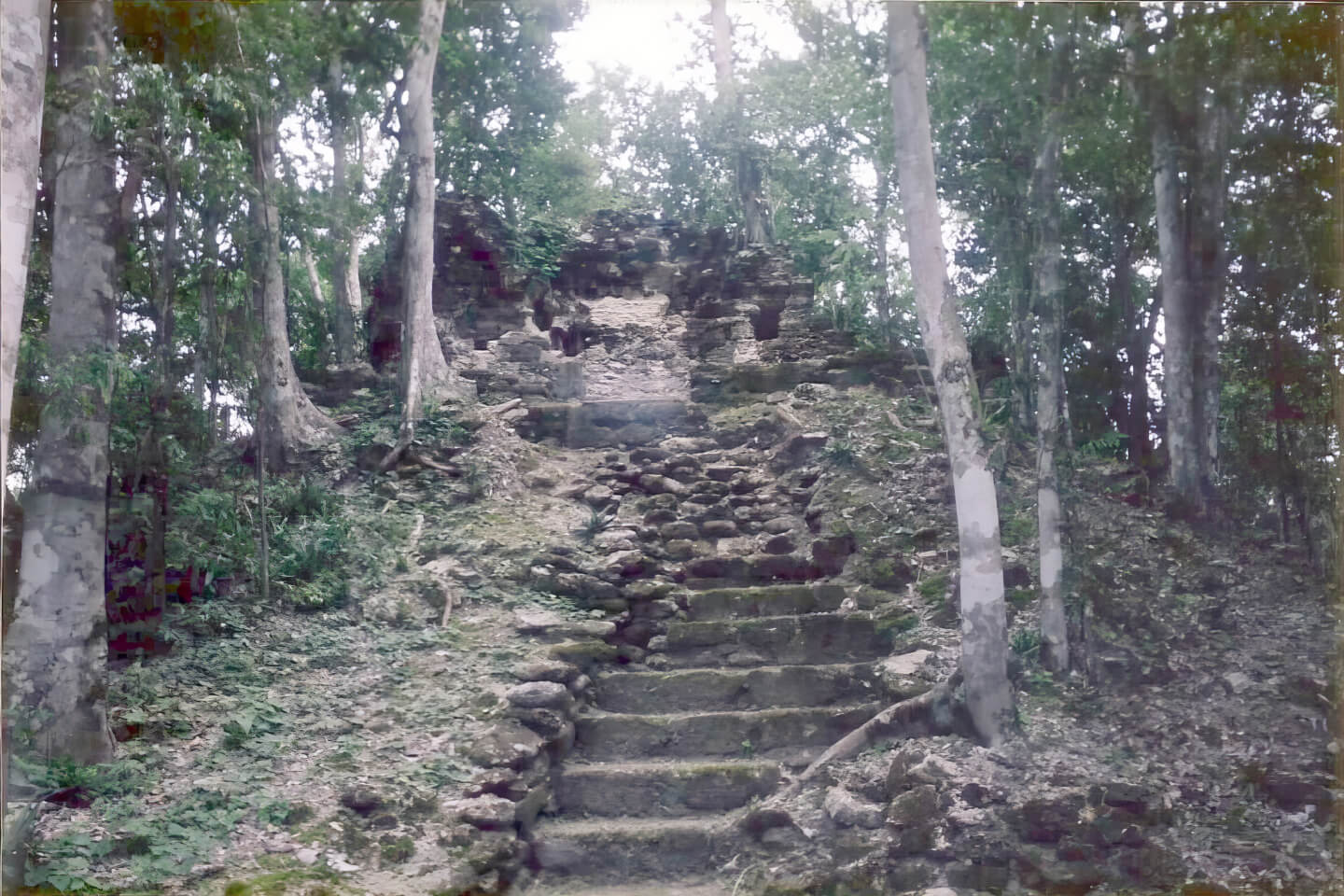
The temple at Nacbe, in the Peten district of Guatemala, one of the archaeological sites of the early Maya civilization. commons.wikimedia.org
II-IX centuries AD
"Golden Ages" of Maya culture.

During the so-called "Classic Maya" period, Tikal (in what is today Guatemala) was a thriving urban center of nearly 100,000 people, cut into the middle of the Central American rain forest. education.nationalgeographic.org
X-XI centuries
the arrival of the Toltecs in Guatemala (including the Kʼicheʼ), the conquest of Utatlán.
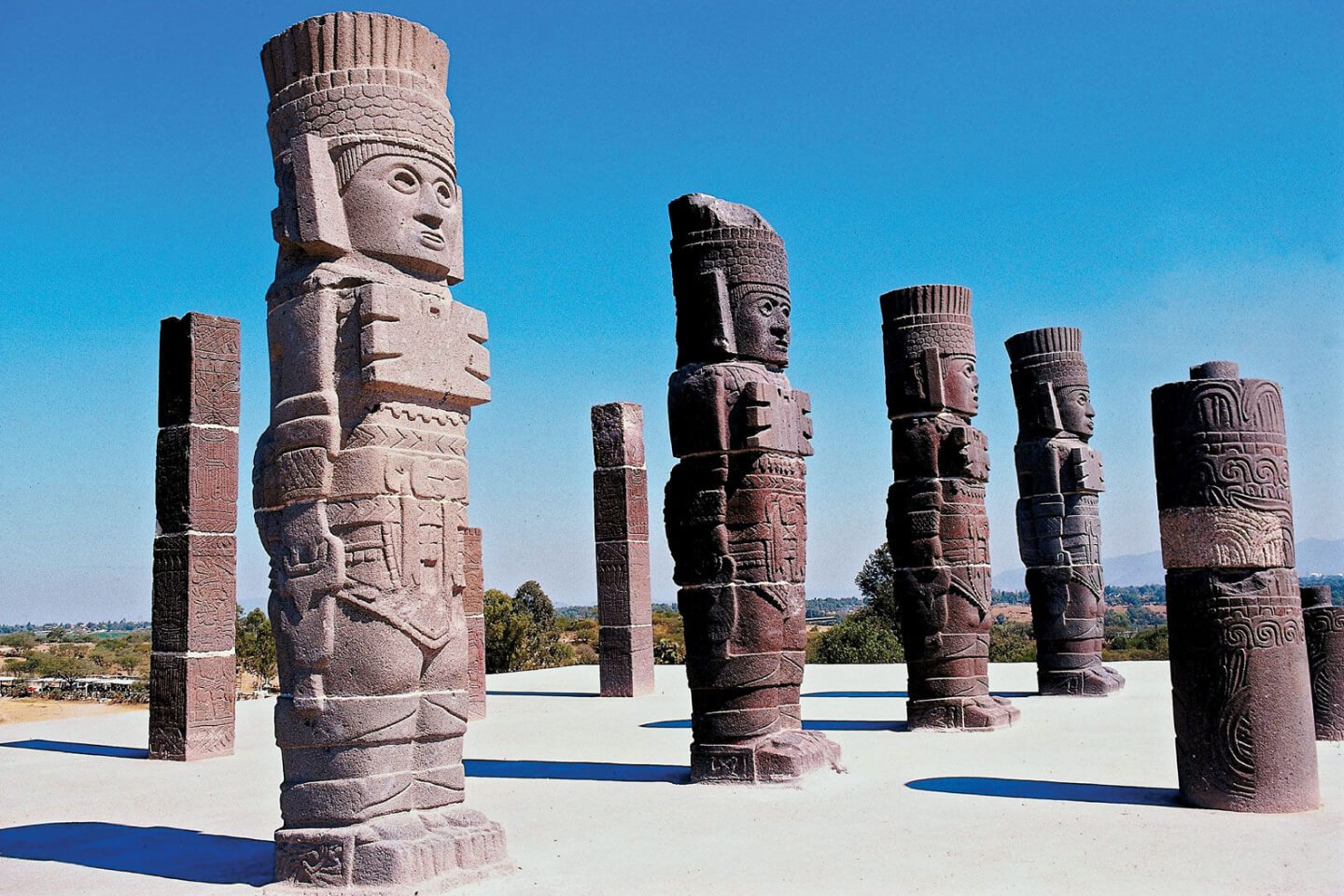
Columns depicting Toltec warriors, Tula, Mexico. britannica.com
XV century
the separation of the Kaqchikel people, the formation of a separate state.

Iximche, ancient capital of the Mayan state of Cakchiquel in Guatemalan territory. commons.wikimedia.org
1523
colonization of the country by the Spaniards under the leadership of Pedro de Alvarado. In two years, almost all tribes and almost all cities were conquered. The capital of Kʼicheʼ Qʼumarkaj (Utatlán) was burned down.
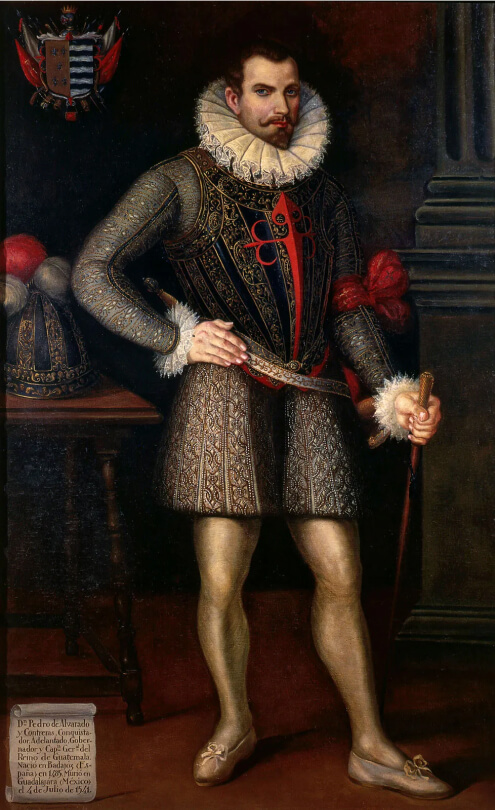
The official portrait of Pedro de Alvarado. britannica.com

Page from the 16th-century Lienzo de Tlaxcala (reproduction from 1892) showing the Spanish conquest of Ytzcumptepec (Escuintla, in Guatemala). wikipedia.org
1564
creation of the Captaincy General of Guatemala.
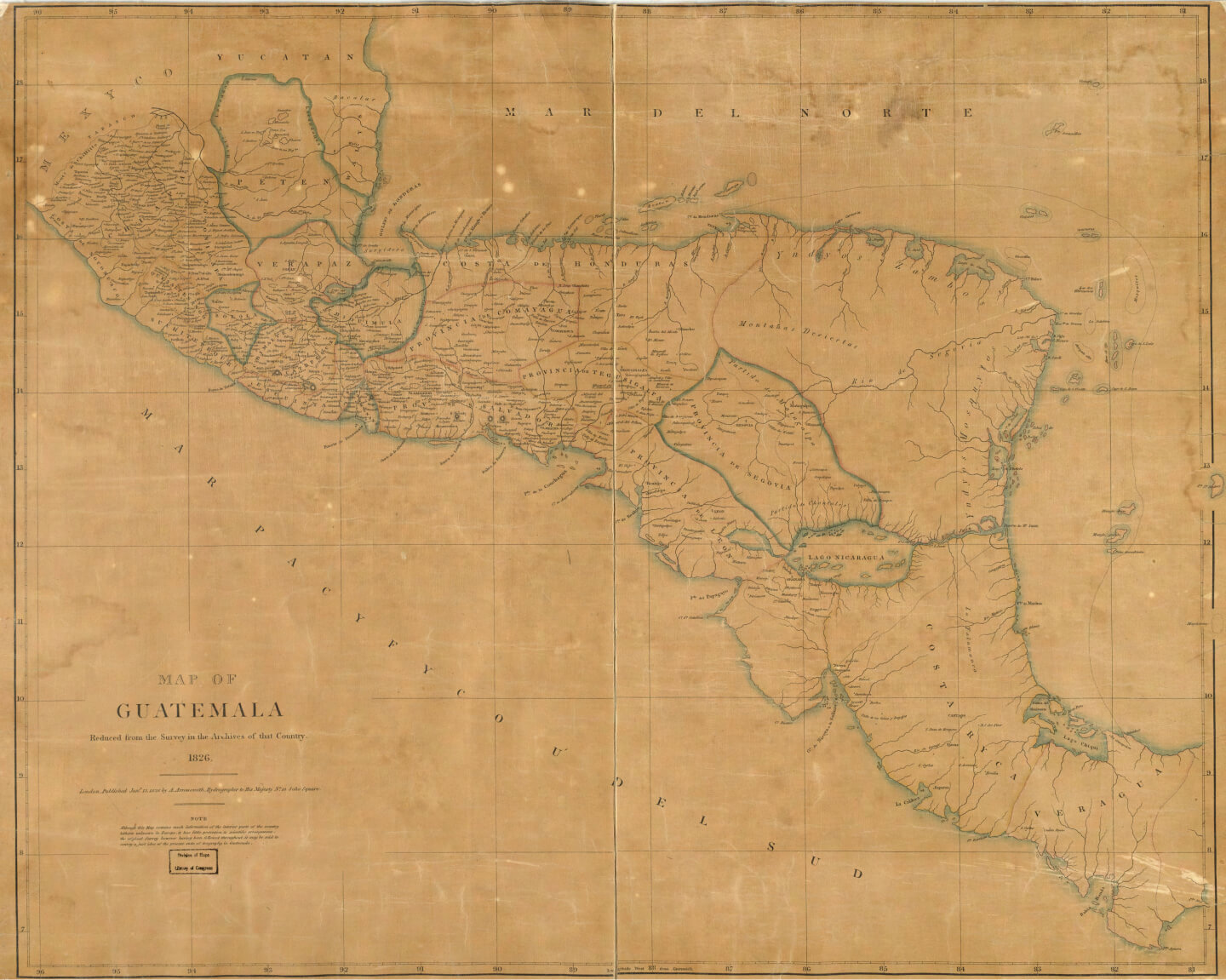
Map of Guatemala, 1826. commons.wikimedia.org
XVI century
the creation of plantations and the beginning of gold and silver mining.
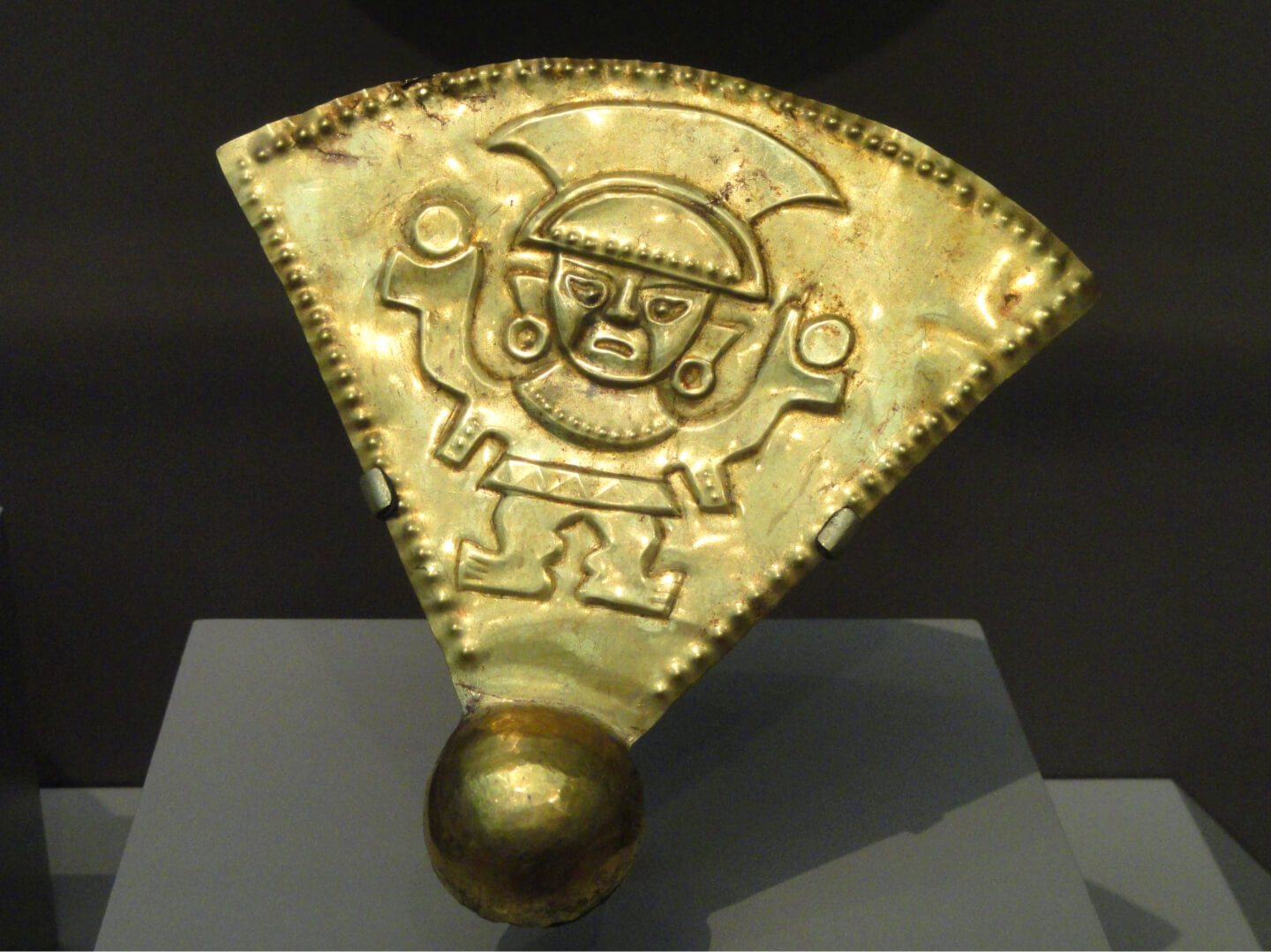
A golden chimu rattle, 1100-1470 CE. worldhistory.org
1697
the conquest by the Spaniards of the last independent state of Kʼicheʼ with the capital Tah Itza (Tayasal).
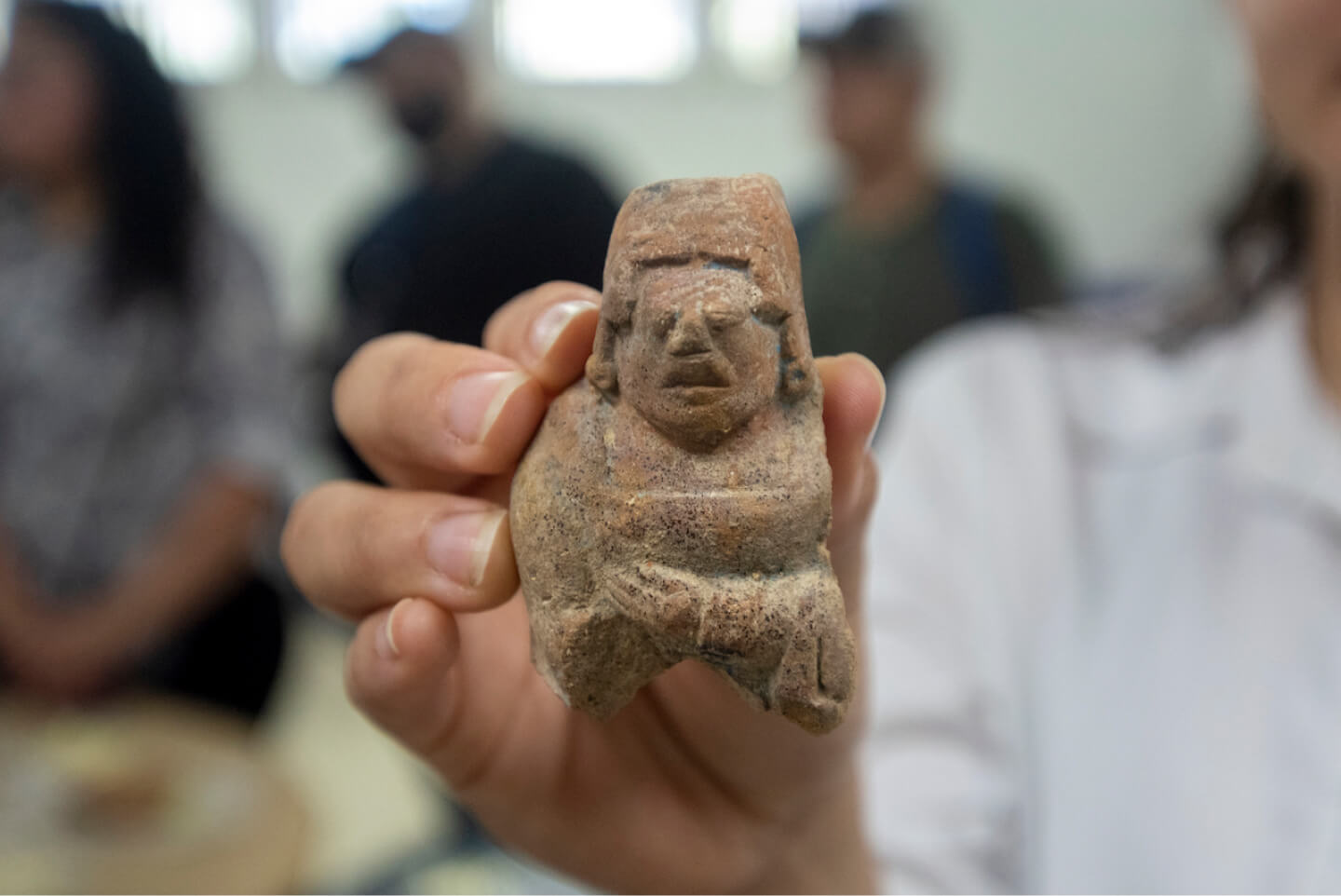
CARLOS ALONZO / AFP
The beginning of the XIX century
the beginning of the independence wars in the colonies.
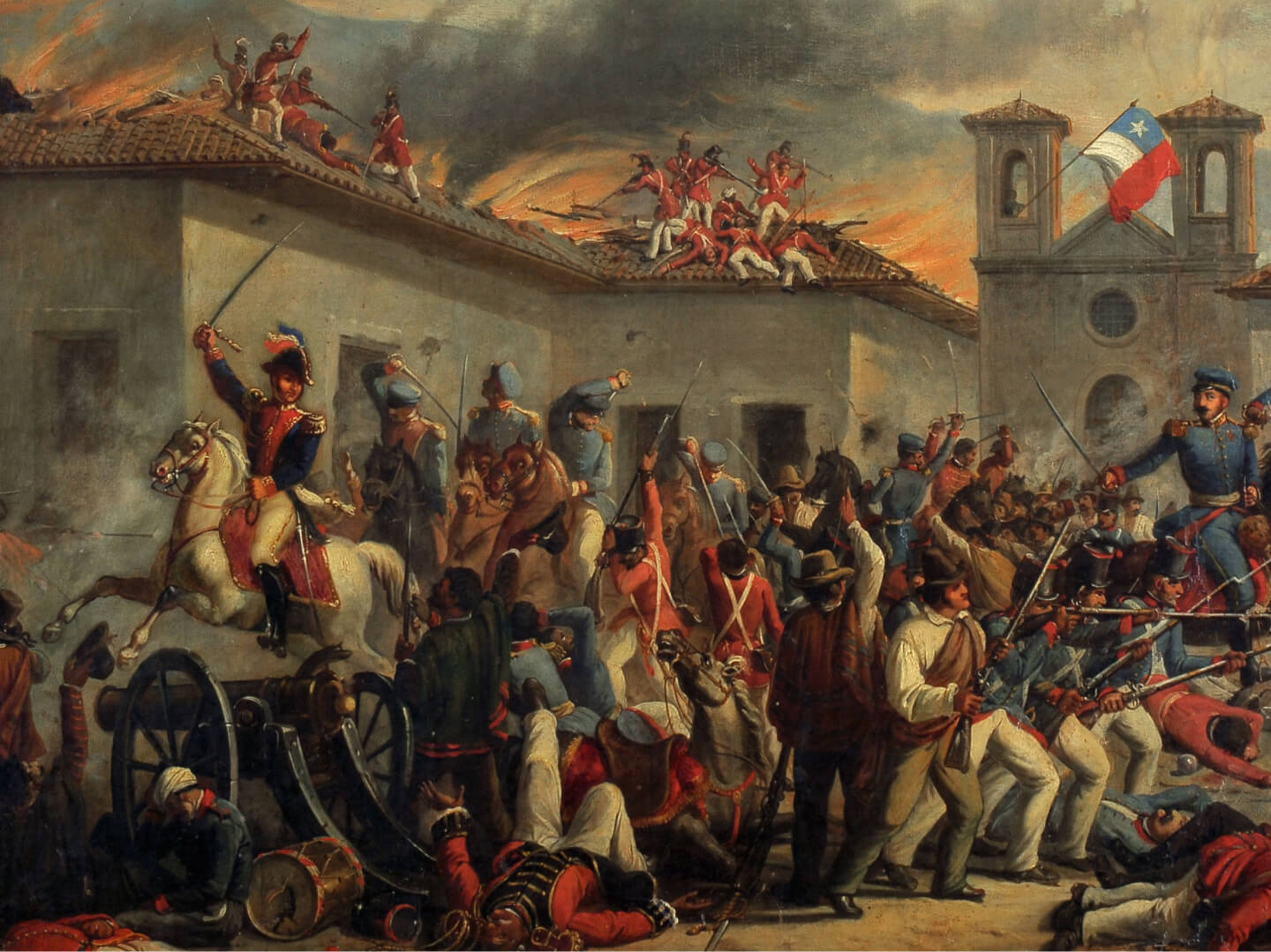
The Battle of Rancagua in 1814. commons.wikimedia.org
September 15, 1821
the creation of the Mexican Empire with Guatemala as part of it.
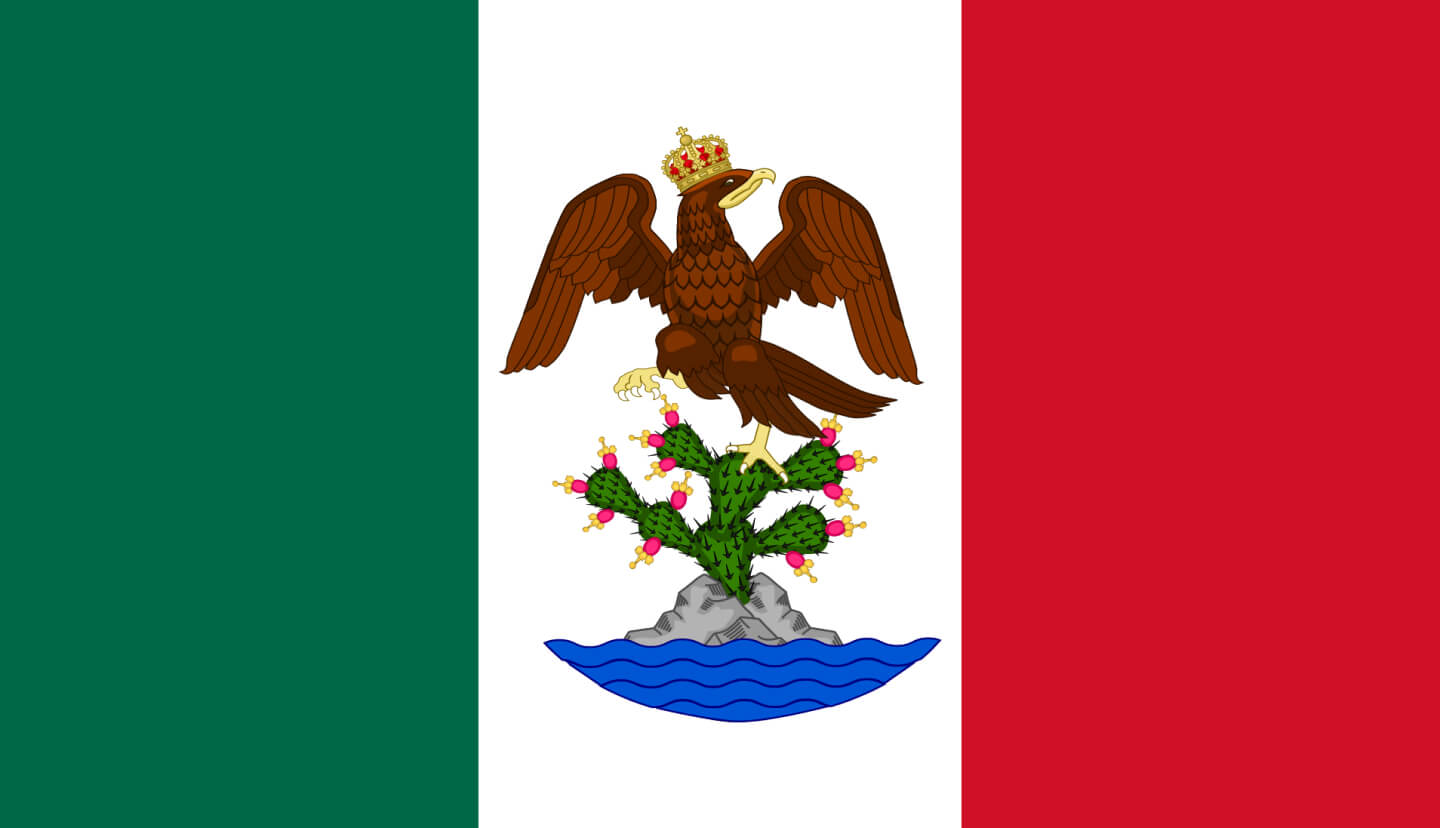
The flag of the First Mexican Empire. commons.wikimedia.org
1823
Creation of the United Provinces of Central America: Costa Rica, El Salvador, Nicaragua, Honduras, Guatemala.

The flag of the United Provinces of Central America. Photo: Wikipedia
1839
the collapse of the provinces and the election of the first President of Guatemala, Mariano Rivera Paz.
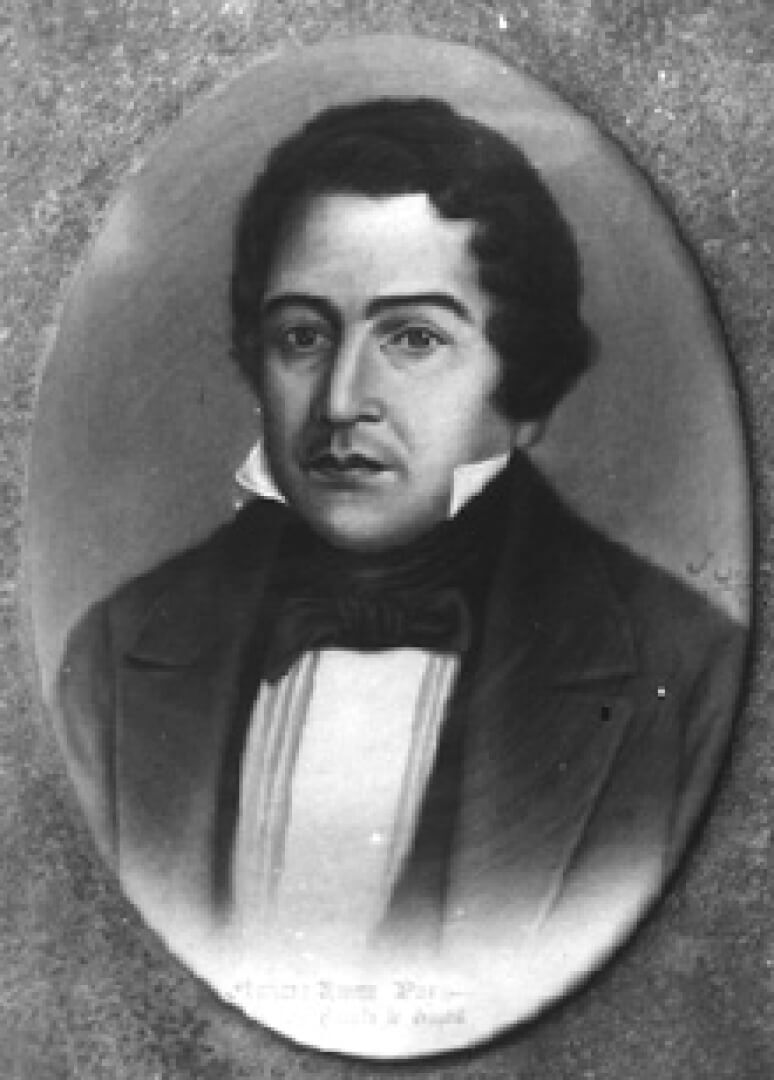
Mariano Rivera Paz, first president of Guatemala. commons.wikimedia.org
The beginning of the 1860s
the beginning of coffee cultivation in Guatemala by immigrants from Germany. As a result, coffee is becoming the most important export crop for the country.

Eadweard Muybridge, 1875. Sidney D. Markman Collection
1898
the entry of American companies into the country and the development of banana plantations.
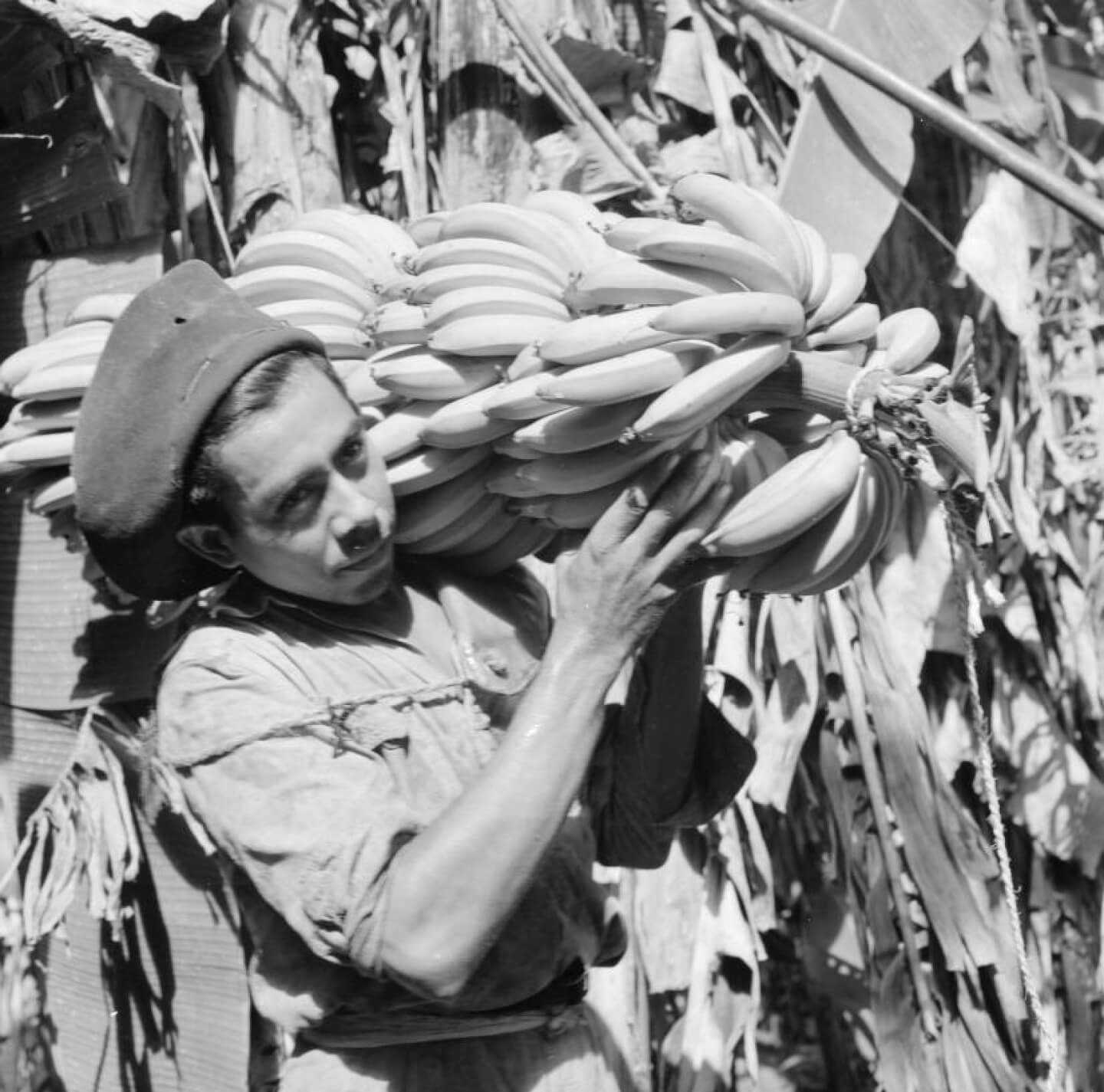
Photo: Eugene Vernon Harris, 1913-1978.
1931
Jorge Ubico was elected to the presidency with the support of the United States, the beginning of the dictatorship.
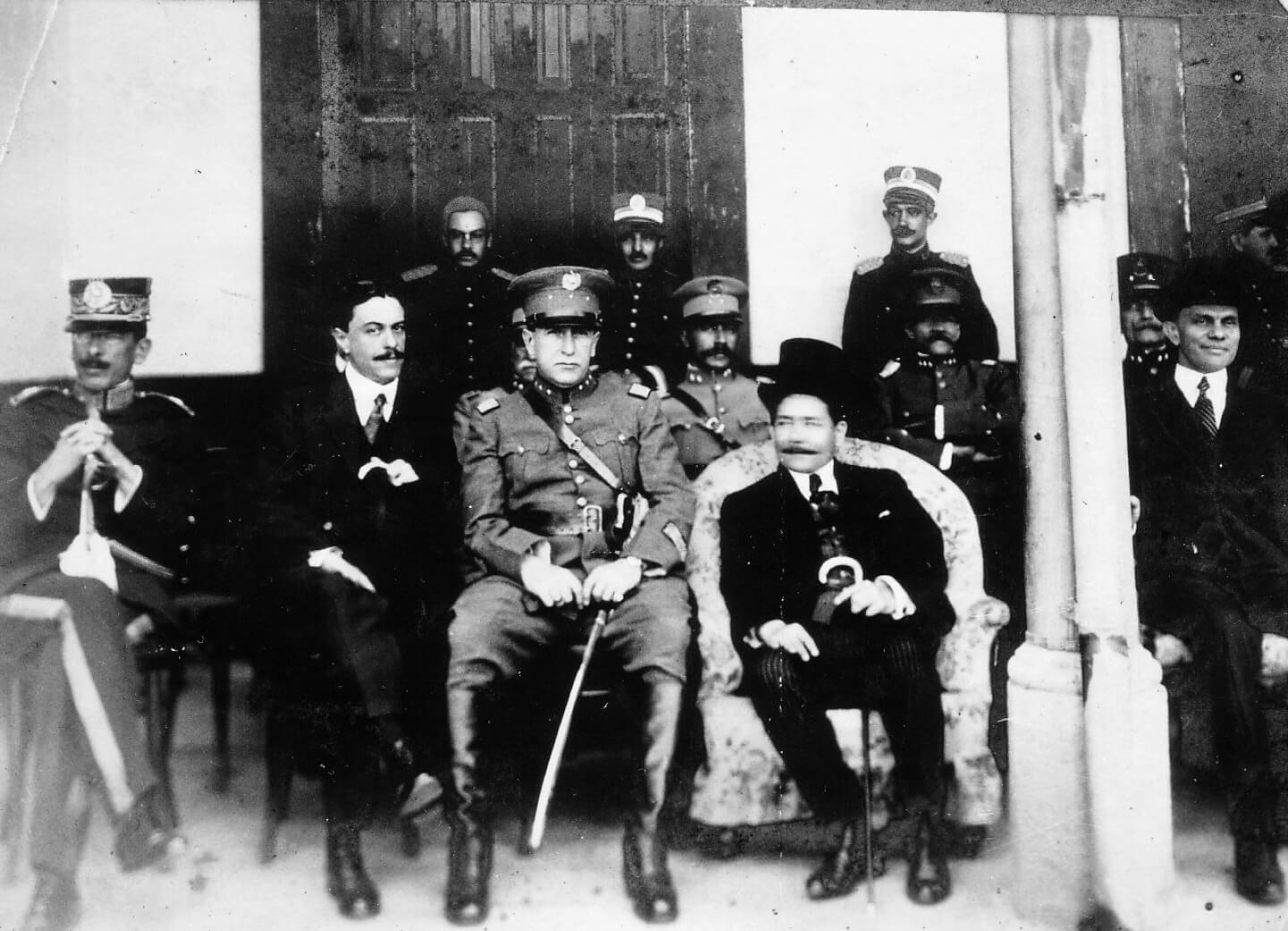
President Jorge Ubico with his colleagues. 1940. commons.wikimedia.org
1945
the beginning of the presidency of Juan José Arévalo and the implementation of a more liberal and independent policy from the United States.
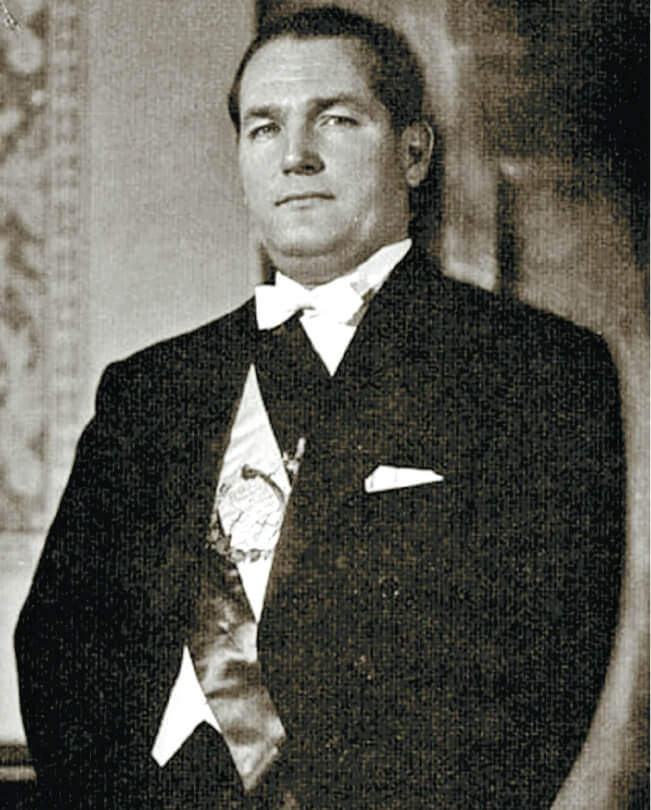
José Arévalo, photo: Wikipedia
1951-1960
a series of presidents who constantly changed the country's political course.
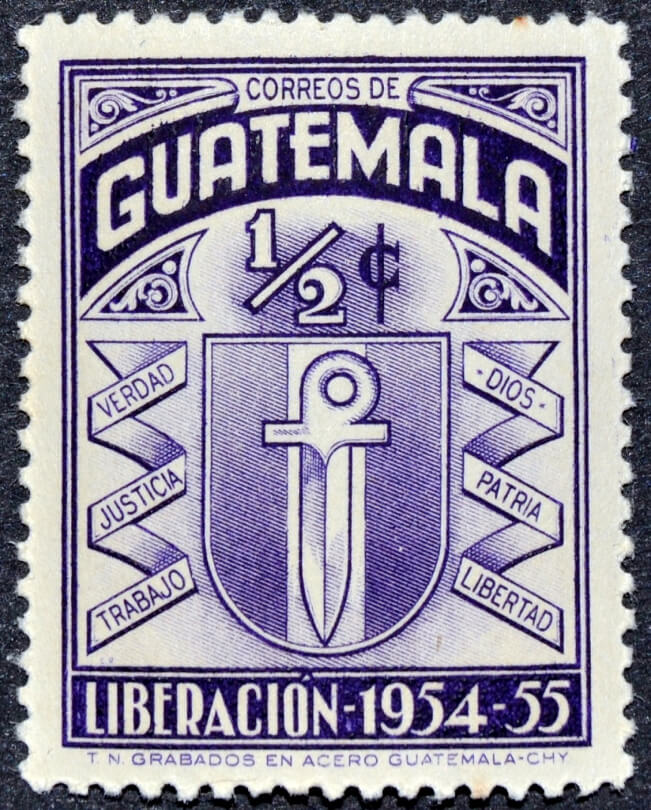
Guatemala postage stamp 1956: 2nd anniversary of “National Liberation”. commons.wikimedia.org
1960
the civil war, which led to subsequent repressions, several waves of emigration and conflicts, lasted until the signing of a peace agreement in 1996.
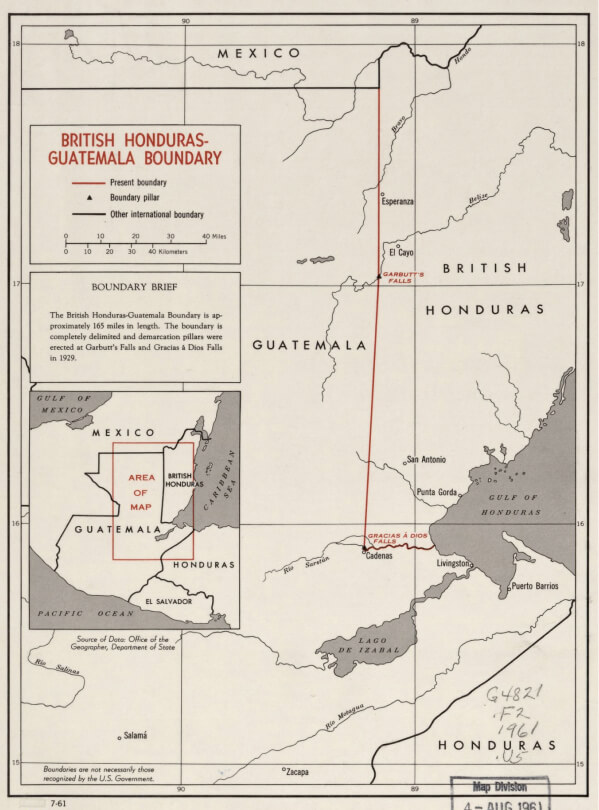
1961 CIA map of British Honduras-Guatemala border. commons.wikimedia.org
1992
an Indian activist Rigoberta Menchú, who fought against the Guatemalan dictatorship, was awarded the Nobel Peace Prize.
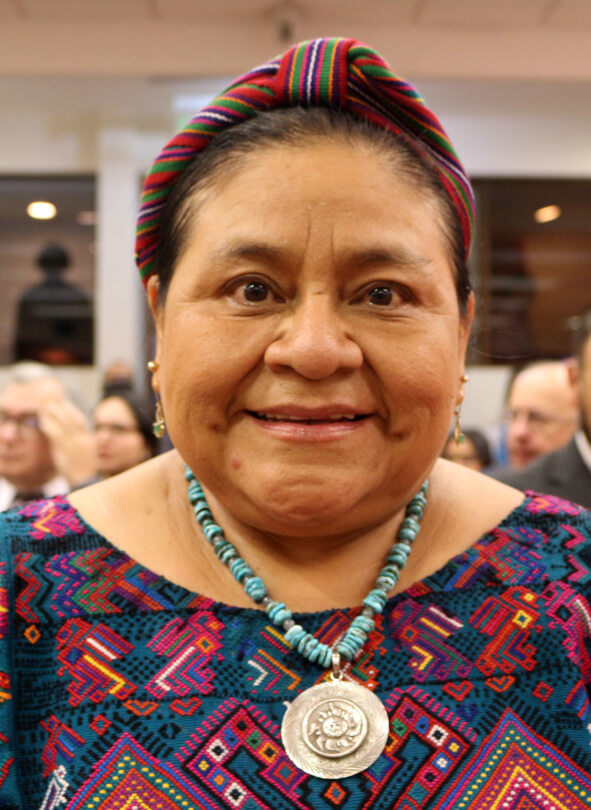
Rigoberta Menchú, photo: archive of the Nobel Prize Foundation
2020
Alejandro Giammattei elected as President of Guatemala for a four-year term. International experts assess the current regime in the country as hybrid, combining autocracy with democracy.
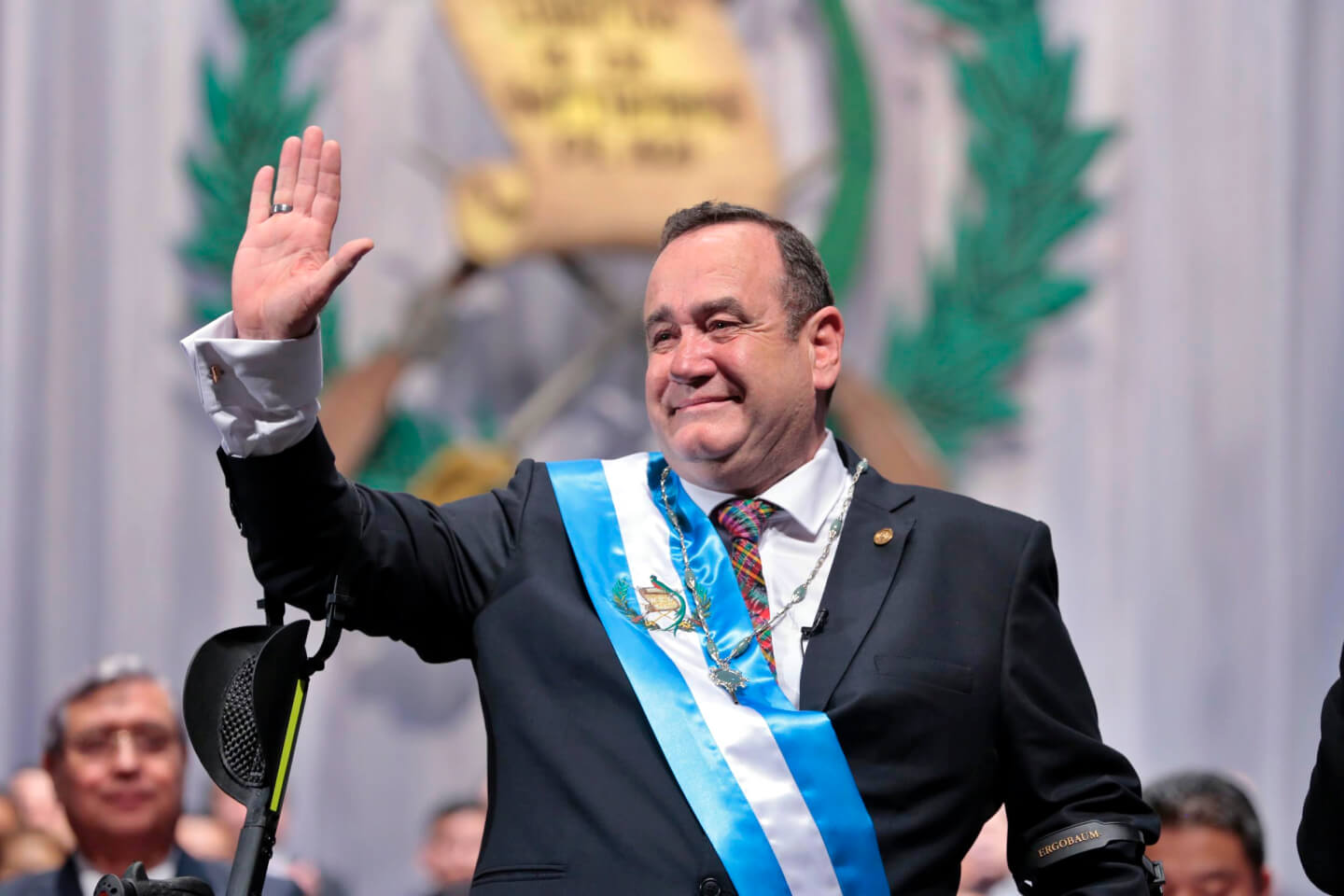
Alejandro Giammattei
First millennium BC
the first settlements of the Maya Indians appeared who lived without a single state.

The temple at Nacbe, in the Peten district of Guatemala, one of the archaeological sites of the early Maya civilization. commons.wikimedia.org
II-IX centuries AD
"Golden Ages" of Maya culture.

During the so-called "Classic Maya" period, Tikal (in what is today Guatemala) was a thriving urban center of nearly 100,000 people, cut into the middle of the Central American rain forest. education.nationalgeographic.org
X-XI centuries
the arrival of the Toltecs in Guatemala (including the Kʼicheʼ), the conquest of Utatlán.

Columns depicting Toltec warriors, Tula, Mexico. britannica.com
XV century
the separation of the Kaqchikel people, the formation of a separate state.

Iximche, ancient capital of the Mayan state of Cakchiquel in Guatemalan territory. commons.wikimedia.org
1523
colonization of the country by the Spaniards under the leadership of Pedro de Alvarado. In two years, almost all tribes and almost all cities were conquered. The capital of Kʼicheʼ Qʼumarkaj (Utatlán) was burned down.

The official portrait of Pedro de Alvarado. britannica.com

Page from the 16th-century Lienzo de Tlaxcala (reproduction from 1892) showing the Spanish conquest of Ytzcumptepec (Escuintla, in Guatemala). wikipedia.org
1564
creation of the Captaincy General of Guatemala.

Map of Guatemala, 1826. commons.wikimedia.org
XVI century
the creation of plantations and the beginning of gold and silver mining.

A golden chimu rattle, 1100-1470 CE. worldhistory.org
1697
the conquest by the Spaniards of the last independent state of Kʼicheʼ with the capital Tah Itza (Tayasal).

CARLOS ALONZO / AFP
The beginning of the XIX century
the beginning of the independence wars in the colonies.

The Battle of Rancagua in 1814. commons.wikimedia.org
September 15, 1821
the creation of the Mexican Empire with Guatemala as part of it.

The flag of the First Mexican Empire. commons.wikimedia.org
1823
Creation of the United Provinces of Central America: Costa Rica, El Salvador, Nicaragua, Honduras, Guatemala.

The flag of the United Provinces of Central America. Photo: Wikipedia
1839
the collapse of the provinces and the election of the first President of Guatemala, Mariano Rivera Paz.

Mariano Rivera Paz, first president of Guatemala. commons.wikimedia.org
The beginning of the 1860s
the beginning of coffee cultivation in Guatemala by immigrants from Germany. As a result, coffee is becoming the most important export crop for the country.

Eadweard Muybridge, 1875. Sidney D. Markman Collection
1898
the entry of American companies into the country and the development of banana plantations.

Photo: Eugene Vernon Harris, 1913-1978.
1931
Jorge Ubico was elected to the presidency with the support of the United States, the beginning of the dictatorship.

President Jorge Ubico with his colleagues. 1940. commons.wikimedia.org
1945
the beginning of the presidency of Juan José Arévalo and the implementation of a more liberal and independent policy from the United States.

José Arévalo, photo: Wikipedia
1951-1960
a series of presidents who constantly changed the country's political course.

Guatemala postage stamp 1956: 2nd anniversary of “National Liberation”. commons.wikimedia.org
1960
the civil war, which led to subsequent repressions, several waves of emigration and conflicts, lasted until the signing of a peace agreement in 1996.

1961 CIA map of British Honduras-Guatemala border. commons.wikimedia.org
1992
an Indian activist Rigoberta Menchú, who fought against the Guatemalan dictatorship, was awarded the Nobel Peace Prize.

Rigoberta Menchú, photo: archive of the Nobel Prize Foundation
2020
Alejandro Giammattei elected as President of Guatemala for a four-year term. International experts assess the current regime in the country as hybrid, combining autocracy with democracy.

Alejandro Giammattei

Contacts
Events
Project










